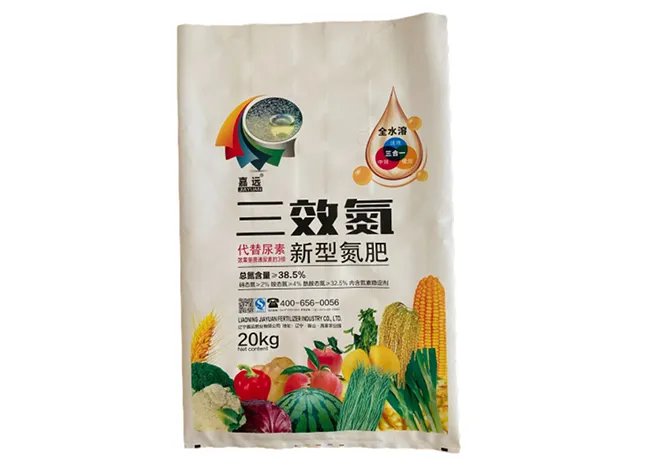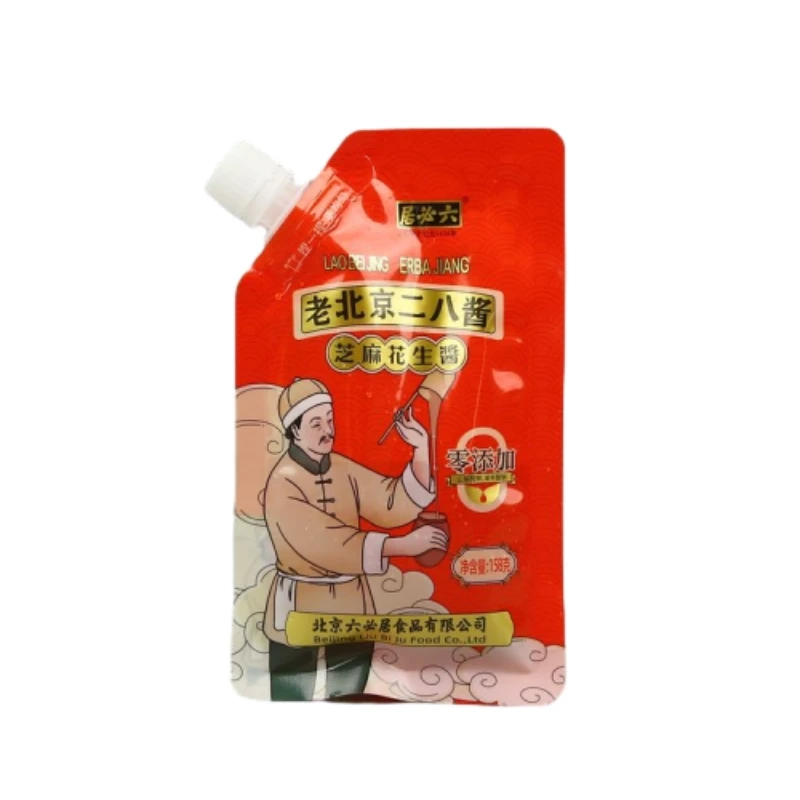Pouch packaging has become an integral part of the modern product landscape, offering versatility and innovation for a variety of industries. The evolution of this packaging solution extends beyond its traditional usage, with various types specifically designed to cater to the diverse needs of products ranging from food and beverages to pharmaceuticals and beyond.

Stand-up pouches are a staple in the realm of pouch packaging, renowned for their convenience and functionality. Their design incorporates a bottom gusset, enabling the pouch to stand upright on shelves. This makes them visually appealing and space-efficient, providing marketers with ample space for branding and information. The durability of these pouches ensures that products remain fresh and protected, a critical factor for food items such as snacks and cereals, enhancing both shelf life and consumer trust.
Flat pouches, or pillow pouches,
offer a more traditional approach to pouch packaging. They consist of a three-side seal or a two-side seal with a fin seal, accommodating a variety of products from single-serve coffee to small quantities of dried fruits. Their simplicity makes them an economical choice for manufacturers while still maintaining product safety and integrity. These pouches are particularly beneficial for products that require minimal visual merchandising but demand robust protection.

Spouted pouches are engineered specifically for liquid products, transforming the way beverages, sauces, and cleaning products are packaged. The inclusion of a spout offers precise control over pouring, reducing waste and enhancing ease of use for consumers. This design innovation not only improves user experience but also positions spouted pouches as an environmentally friendly alternative to traditional rigid bottles. Consumer preferences for convenience and sustainability continue to drive their popularity, reinforcing the importance of adapting packaging to changing market demands.
different types of pouch packaging
Retort pouches represent a technological leap in pouch packaging, combining the flexibility of pouches with the long shelf life of canned goods. These pouches undergo a retort process, which involves heat and pressure to sterilize the contents, making them ideal for ready-to-eat meals and pet foods. Their lightweight nature and reduced environmental footprint, compared to cans, enhance their appeal to eco-conscious consumers. The demand for high-quality, ready-to-consume products places a premium on the reliability and effectiveness of retort pouches.
Vacuum pouches capitalize on the need for extended shelf life and preservation without the use of preservatives. By removing air before sealing, these pouches significantly slow down spoilage and maintain the quality of perishable goods. This method is valuable for everything from gourmet deli meats to artisan cheeses, aligning with trends toward fresh, natural food offerings. As consumers prioritize health and quality, vacuum pouches maintain an authoritative role in the packaging hierarchy.
The ongoing development in pouch packaging reflects a move toward solutions that align closely with consumer expectations for sustainability, convenience, and product integrity. Manufacturers who leverage these various pouch types not only enhance their product's appeal but also demonstrate an authoritative understanding of market needs, building consumer trust in the process. In an era where branding and packaging are increasingly crucial to product success, the right pouch packaging strategy can distinctly elevate a brand's standing in the competitive market landscape.